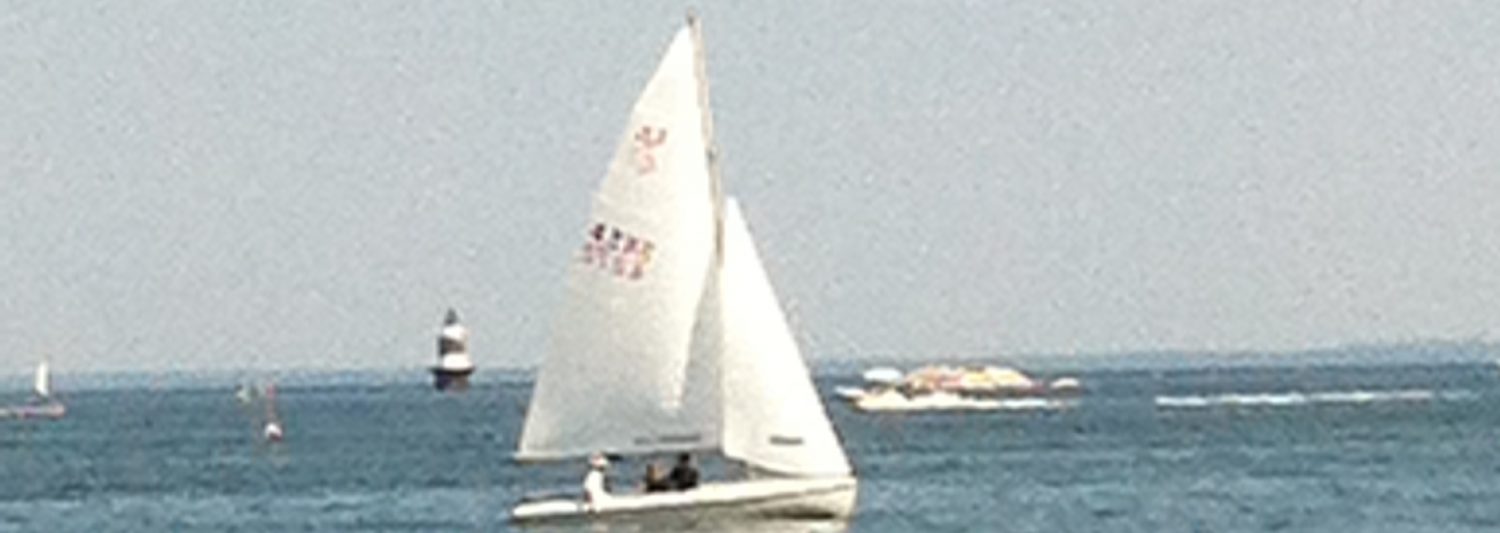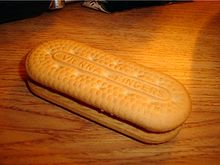I’ve already touched on my great-grandfather’s life with respect to his time in the navy and partly through writing about his wife (my great-grandmother), Eva Christina Lipsett. Now it’s time to dig a little deeper.
Thomas Francis Atwell I was born on October 4, 1891 in Providence, Providence County, RI. He was the fifth child and third son of William Armstrong Atwell and Altie May Williams. I don’t know much about his childhood, other than that his schooling ended with a ninth grade education and that his parents divorced sometime between 1900 and 1905. I’m told that Thomas’ father William could be difficult to get along with, but in spite of that, all the children seemed to remain with him as opposed to Altie after the divorce. When William re-married to Ethel Fane in 1905, Thomas got along well with her and later his half-brother Wallace.
There is a family story that says that things were so bad at home that Thomas lied about his age to join the navy. However, from what I can tell, he enlisted in 1909 when he was eighteen, so I don’t know about the part about lying about his age. Perhaps joining the navy was Thomas’ best option for leaving home once he turned eighteen? In any case, he seems to have begun his naval time at the academy in Newport, Newport County, RI.
We already know that Thomas married Eva on June 30, 1920 in Salem, Essex County, MA. I would love to know how they met; perhaps he had some shore leave in Boston and ran into her somehow? Whether he had any prior relationships, I do not know. I’m sure it would have been difficult to maintain a relationship for very long, being stationed on a ship for great lengths of time. In any case with Eva, it was love; this was obvious in the way my great-grandfather spoke of her even after her death.
As I’ve written before, Thomas and Eva started their family in the 1920s. After a brief time out of the navy in the 1930s, he worked as a superintendent in an office building. Then after his time back in the navy during World War II, Thomas again returned to civilian life and began working for the Lynn Institute for Savings (a bank) in 1947 and continued there until retirement in 1967. Since Eva had died in 1963, the house on Timson Street in Lynn must have seemed too big for him, so he put the house on the market in November 1964 and bought the tiny home on Bulfinch Road that I remember. A few months later, the house on Timson Street was sold.
Although he was retired and downsized, Thomas in no way checked out of life. He still drove around town, and attended Christmas and other family parties that his daughter Eugenie threw. One thing that I discovered was that during the 1970s, he wrote a few letters to the editor of the Boston Herald-American. (I suppose that he also must have written to the Lynn Daily Item, but those archives are not yet online.) Many of the short, pointed letters had a political bent to them, such as properly addressing the President of the United States and anti-union sentiments. One outlined eight ways to “save the U.S.A.”, which would be seen as very conservative (and probably politically incorrect) today. He also wrote about his beloved Boston Red Sox, who he often watched on the TV set in his living room. Mind you, this was deep in the years during the “Curse of the Bambino”.
Thomas lived on his own for many years, but spent the very end of his life in a Lynn nursing home, passing away at the very respectful age of 96. He is buried with Eva at Pine Grove Cemetery in Lynn.






